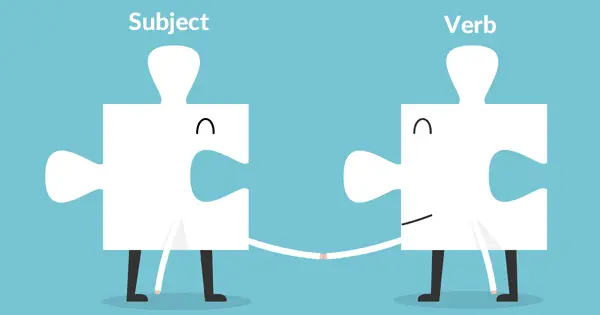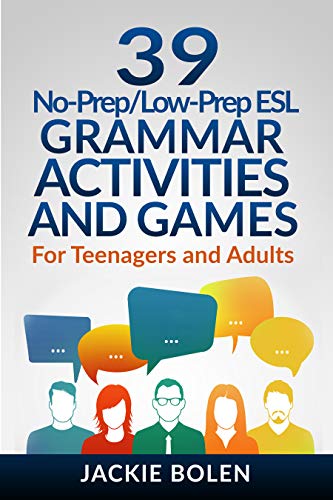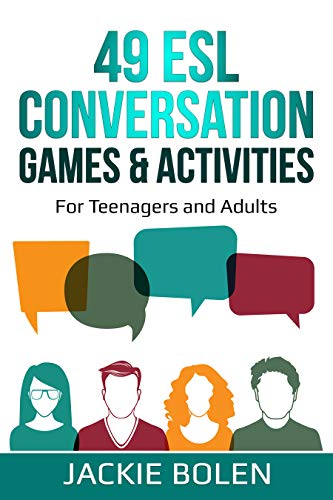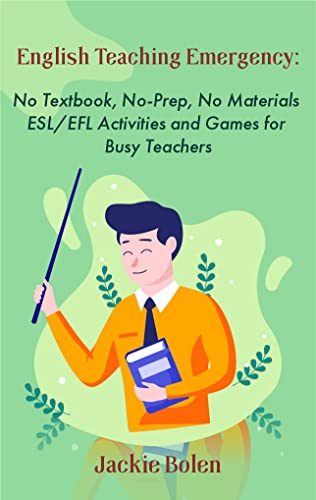
If you’re looking for some subject verb agreement activities or games, then you’re most definitely in the right place. We’re going to give you the rundown on the best ones, along with worksheets, lesson plans, online practice, and more.

Subject and Verb Agreement Activities
Are you ready? Let’s get to our top picks for subject and verb agreement games that you can try out with your ESL students. But first of all, a quick primer on what is subject/verb agreement.
Please enable JavaScript
If you want to have some fun with subjects and verbs, then you’ll want to try out concentration. It does require some prep, but you can reuse the cards again if you have multiple classes.
The way it works is that you write some matching subjects and verbs on separate cards. For example:
You’ll want 8 pairs, or 16 in total. Some may match with more than one card which is fine.
Students play in groups of 4 and place the cards face down in an organized fashion. The first students turns over two cards and if they match in terms of subject/verb agreement, they keep them and get a point. Plus, go again. If not, the next person goes. The game continues until all the matches are made.
This is a versatile ESL activity that can be used for just about any sort of grammar point or vocabulary. Find out more about it here: Concentration ESL Matching Game.
This activity also works quite well for auxiliary verbs.
Students in certain countries struggle more with subject/verb agreement than others due to their first language. For example, in Korean the verb is always at the end of the sentence, so having it at the beginning like in an English sentence can be a bit of a struggle.
That’s why mixed up sentences is a nice activity to work on this. The way it works is that you write a bunch of scrambled up sentences in terms of word order on the whiteboard or PowerPoint. Students have to work to unscramble them and write the correct sentence.
It’s a nice, quick review activity, or can serve as a time-filler or mini-test at the end of class. Find out more about how to do it here: Mixed Up Sentences ESL Grammar Activity.
Please enable JavaScript
One of the most common problems that I find in my students’ writing is that they’ve neglected subject verb agreement. When I give them proofreading checklists, this is often the first thing I highlight, and I get them to circle every instance where this occurs.
Even advanced level students can struggle with the nuances of this, especially if the subject and the verb are not next to each other in the sentence. Do you want to find out more about this ESL writing activity? Check it out here: ESL Proofreading Activity.
 Prep ESL Grammar Activities and Games: For English Teachers of Teenagers and Adults. " width="" height="" />
Prep ESL Grammar Activities and Games: For English Teachers of Teenagers and Adults. " width="" height="" />
Do your students get tired of hearing you talk? I know that mine get tired of me! Haha! If that’s the case, then you may want to consider bringing in some videos into your classroom. There are numerous ways you can use them. Here are just a few:
Learn more about how you might consider using them for teaching this important concept:
Please enable JavaScript
Use this simple warm-up activity to review subject/verb agreements at the beginning of class. Or, as a quick test at the end. The way it works is that you write a bunch of sentences on the whiteboard or PowerPoint. Some have errors, while some do not. In this case, you’d want to focus on subject and verb agreement issues.
Students have to work together in pairs to write the correct sentences. The first team to finish in the winner! Or, you can remove the element of competition and just have students complete the activity.
Do you want to try out this simple ESL activity for yourself? Learn more about it here: Is That Sentence Correct Error Correction Activity.
Please enable JavaScript
Have you noticed that there are often dialogues in almost all ESL/EFL textbooks to introduce the target language? Most students (and teachers too) kind of just breeze through them on their way to more important things. But, it doesn’t have to be this way.
A way to make them more valuable and memorable is to remove some of the words. In this case, it’s either be the verb or the subject. Then, as students are reading it together with a partner, they have to fill in the blanks as well. It turns it from kind of a mindless activity to a far more challenging one. In particular, I like using this activity for irregular verbs.

There’s nothing like a good ‘ol yes or no question to see if your students understand subject/verb agreement. For example:
Did you go to school yesterday? Yes I DID
Has she seen the movie yet? No, SHE HASN’T.
As you can see, these kinds of questions are a simple way to review the basics. To see some of my favourites activities that I do with them, check out this list here:
Please enable JavaScript
You can use picture prompt as a kind of test at the end of your class on subject/verb agreement. The way it works is that you find a picture with lots of people doing things. Then, students have to make a certain number of sentences in their notebooks based on it.
For example, students may write the following:
As you can see, there are numerous correct usages of subject verb agreement. As the students are writing their sentences, circulate throughout the class and focus your error correction on this. Learn more here:

This relay race game takes something old (error correction) and makes it new again by adding elements of teamwork and cooperation to it! In this case, you could focus most of the errors on the subject and verb.
Do you want to try it out? Find out more here: Error Correction Relay ESL Game.
A large part of getting the correct sentence structure is subject/verb agreement. There are a lot of engaging, interesting activities you can use with your ESL students to work on the correct sentence structure. Here are some of our top picks:
Please enable JavaScript
In my opinion, flashcards are one of the most under-utilized ESL activities. The way it works with subject and verb agreement is that you can show each student a flashcard. Or, each student can choose one from a face-up pile in the middle of the room.
Then, each student has to make a sentence using a subject and a verb. Some examples:
This activity is obviously better for beginners than it is for more advanced level students!
If you teach absolute beginners and have just taught them some basic subject/verb agreements, then you may want to consider using disappearing text as an end-of-class review. Or, you could use it as a warm-up at the beginning of a class to review material previously covered.
The way it works is that you write a sentence on the board. For example:
I am Jackie and he is Tom.
Then have all the students say the sentence out loud. Erase the first word and students can say it again. Eventually students will say the entire sentence but there will be nothing on the board. At the end, you can have students write the sentence in their notebooks from memory (optional).
Time spend working on building better sentences with our students will never be time wasted! And of course, a big part of that is subject/verb agreement.
The good news is that sentence structure doesn’t have to tedious and boring. There are a number of things you can do. Check them out here:
Unless students are absolute beginners, they likely already know a fair bit about subject/verb agreement. If that’s the case, consider using this approach to focus only on what learners don’t know:
Please enable JavaScript
Unless you’re teaching absolute beginners, it’s very likely that your students have learned about this before. For example, one of the first grammar concepts that students learn is I am, he is, they are.
It’s for this reason that I often like to introduce this topic by using some eliciting techniques. Start off with the subject and then act confused as to what the correct verb form is! Students will love telling you what it is. Find out more about using this technique in your classes: Eliciting.
A nice way to work on this grammar concept is to use this challenging activity, dictogloss. It’s heavy on the listening and it’s also easy to use it as a review for any grammar concept or vocabulary set, including this one.
Find, or write a passage filled with lots of examples or subjects and verbs. The more interesting conjugations the better! Then, read it out at a faster pace than normal for the level of your students. Students have to take some notes and then in pairs, work together to recreate what they heard. After that, read it again and students do the same thing. Finally, they compare what they have with the original reading passage.
These days, dictation has fallen out of favor a little bit with the more communicative style approach to language teaching and learning. However, it certainly has some value and I like to use it in my classes once in a while.
In this case, dictate some sentences to the students with various subjects and verbs. Besides reviewing this, it also helps students with spelling, punctuation, and listening skills. Then, check the sentences together as a class.
A fun grammar review activity is chain spelling. All the students stand up and you say a subject as well as a base form of a verb. For example: He go.
Then, letter by letter, students have to spell out the conjugated verb form. If someone makes a mistake, they are out and sit down. Continue until only 1-2 people are left standing.
It’s possible to plan a speaking lesson about any topic, or grammar point, including this one. Check out this video for the simple steps that you can follow: